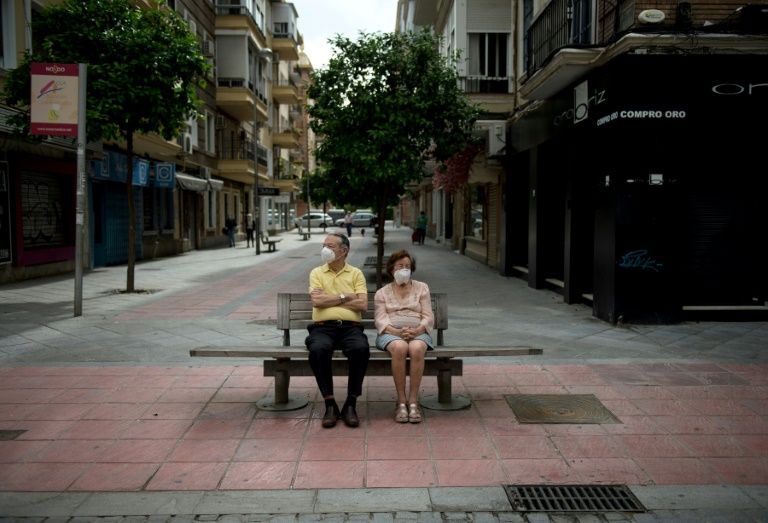Spain hopes to create 800,000 jobs with economic rescue plan
It sees unemployment rising in the eurozone’s fourth-largest economy to 17.1 percent, from 14.1 percent last year, and only dropping to 16.9 percent through 2021.
Against this grim backdrop, Prime Minister Pedro Sanchez announced his government planned to create over 800,000 news jobs over the next three with the 140 billion euros in grants and loans Spain will receive from the 750-billion-euro rescue plan agreed by the European Union in July for member states.
A first block of 72 billion euros will be used between 2021 and 2023 to finance “projects which can be executed in three years and which favour the modernisation and the creation of jobs,” he said, unveiling the government rescue plan.
The entire 140 billion euros will be used between 2021 and 2026 to modernise the economy and “transform the hard blow of the pandemic into an enormous opportunity,” Sanchez added.
“It is not just about recovering the GDP that the pandemic tore from us, it is about growing in a new way…more sustainable,” the prime minister said.
– ‘Extreme uncertainty’ –
Nearly a third of the all the money received from the EU will go towards the economy’s digital transformation while over 37 percent will be used to transition to greener energy sources, in alignment with targets set by the European Commission.
The government predicts the Spanish economy will expand by 7.2 percent in 2021, mainly due to a rebound in private consumption.
But Sanchez said the recovery plan could add 2.5 percentage points to annual economic output over the next three years.
The country’s budget watchdog, Airef, was more cautious, warning that the recovery plan will be implemented in a “context of extreme uncertainty” and the gains in economic growth will only come about under “favourable circumstances”.
Only Italy will receive more money from the EU rescue plan. But while Italy and France outlined their plans for the funds in September, and Germany did so in June, Spain is only now presenting its plan.
With Sanchez holding together a fragile coalition, he wanted to unveil the economic recovery plan at around the same time as tricky negotiations over the 2021 budget.
– Second wave –
Hit by one of Europe’s worst outbreaks, Spain imposed a strict nationwide lockdown from March to the end of June which brought the economy to a virtual halt.
Spain plunged into recession in the second quarter when its economy tumbled by 17.8 percent due to the pandemic, after falling by 5.2 percent in the first quarter.
A recession is commonly defined as two consecutive quarters of a contraction in GDP.
Historians say only Spain’s 1936-39 civil war hit the economy harder.
The government has been spending four billion euros a month on a furlough scheme in a bid to avoid massive layoffs, especially in key sectors hit hard by the pandemic like tourism.
The attempt to revive the economy comes as Spain is struggling with a second wave of infections which led officials to put Madrid and nine nearby towns in partial lockdown on Friday night.
The virus has now killed over 32,000 people and infected more than 800,000 nationwide.
Disclaimer: Validity of the above story is for 7 Days from original date of publishing. Source: AFP.


